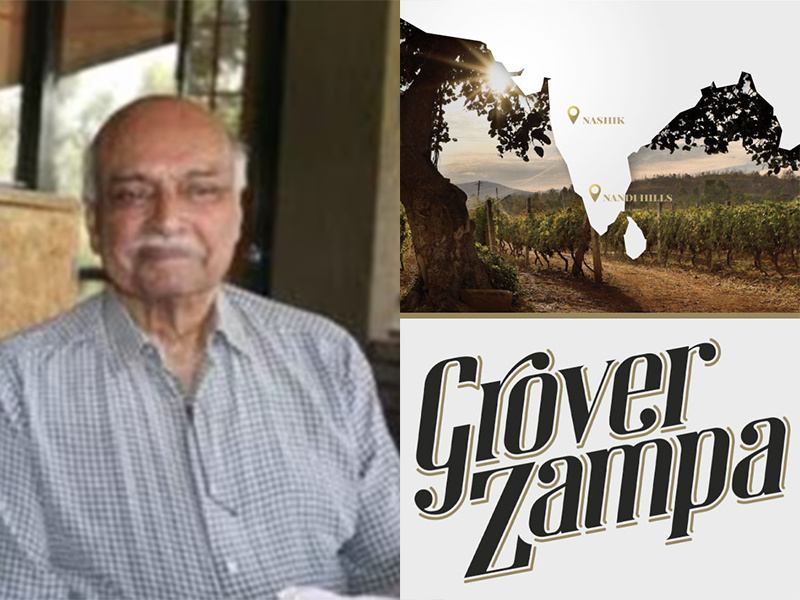India’s Entrance into the Wine Industry
- Posted on
- Posted in Chenin Blanc, India, Syrah
- 0

There are specific places in the world where you would expect to get a bottle of wine and others, not so much. In textbook terms, wine vines grow between 30 and 50 degrees latitude, both north and south of the equator. Beyond that, there must be some incredible compensating factors.
Lower latitudes would require a cooling element in the form of elevation, maybe, or a cold ocean current pushing afternoon relief. And conversely, the higher latitude would require lower elevation, with, say, a hole in the ozone layer like in New Zealand. Much of India resides in the too-hot, too-close-to-the-equator position to make good wine, right? The assumption is that as a culture, Indians don’t drink wine. You wouldn’t necessarily go to an Indian restaurant and say, “Let me have a bottle of ????” More likely, you would ask for a beer.
For the last couple decades, the world has been experimenting, accepting, adopting, and then demanding wines from the outside-the-box wine regions. Sometimes it starts with varietals that are familiar, just from a different location. This exposure is just that, just to get noticed that quality wines have a potential. The second wave is to start introducing varietals that are indigenous on a world stage.
Also growing, in these last couple of decades, is India’s middle class that now had means to travel around the world and experience new and different cultures. They discovered wine was not just for the elite. Wine consumption for them began to be associated with relaxation, communing with others, food, and other enjoyments.
To tap into this growing demand for wine within India, wineries such as Sula Vineyards (biggest producer) and Grover Zampa Vineyards (2nd biggest producer) put up their flags in the Indian states of Maharashtra and Karnataka, to produce quality wine. With wine tourism still a new activity, the thought is to expose India’s native as well as international tourist, with winery destination vacation packages. As the world is coming out of COVID-19, the international wine companies are eyeing this growth, and have identified India to have strategic long-term growth. The Australians have moved a step further by sending consultant winemakers and vineyard managers, fostering a regulatory environment, and improving market access.
This week City Vino will be tasting out the 2021 Grover Zampa Vineyard Art Collection Shiraz Rose. Grover Zampa is of the current oldest wineries in India that started as a vision in 1960s. Kanwal Grover is, in a sense, like our own Gabriele Rausse, the modern day father of Indian viticulture. Kanwal Grover, as a businessman, dealt in high-technological equipment, the space program, defense production, and machine tools. His company imported products directly and only from France. With each visit to France, his taste for fine wines grew, and he was hooked to the great French gastronomy. On one of his trips to France in the early 1970s, he visited some wineries where he met George Vesselle. The two shared a birthdate and became good friends. The friendship and the beauty of winemaking convinced Kanwal to transform his passion into a lifetime dedication. In 1988 Kanwal and George planted the first vines and by 1992 had their vintage. Then in 1994, Kanwal caught the attention of Michel Rolland, the world’s most influential ecologist. These connections gained world attention.
The forecast for Indian wines to continue to grow both domestically and international are strong. In efforts to increase supply, vineyards are implementing strategic alliances, partnerships, geographical expansion, and product launches to enhance their presences in the market. In efforts to increase demand, the industry will have to increase use of online sales channels, increase applications like food and wine pairings, and grow awareness for these wines and for the health benefits they can bring.
Come to City Vino this weekend, and experience this Indian wine and taste the beginning of the bright future of wine making in India.

Comments
Be the first to comment...